Posts Tagged ‘Italian’
-
A MATTER OF FATE
For British diplomat John Hookham Frere, January became a month of sorrows….
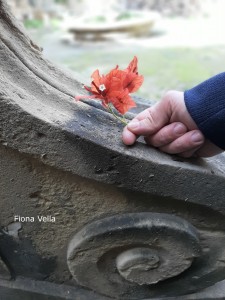 Some say that bad luck isn’t real and that there is no such thing as luck. Yet others would strongly avoid walking under a ladder or crossing the street in the presence of a black cat. They will certainly not open an umbrella indoors or drink any water that reflects moonlight, in the fear of attracting misfortune. Still, there are those who insist that whether you see it as lucky or unlucky, the chance event is the same. But is it?
Some say that bad luck isn’t real and that there is no such thing as luck. Yet others would strongly avoid walking under a ladder or crossing the street in the presence of a black cat. They will certainly not open an umbrella indoors or drink any water that reflects moonlight, in the fear of attracting misfortune. Still, there are those who insist that whether you see it as lucky or unlucky, the chance event is the same. But is it?John Hookham Frere, a British diplomat, poet, scholar and philanthropist, is not known to have spoken of bad luck. However, when years went by and he started to suffer the loss of his loved ones all during the same month, he lamented that January was becoming too melancholic for him.
Rumours say that his mother Jane, daughter of John Hookham (senior) who was a rich London merchant, had brought an astrologer’s silver cup as part of her marriage dowry. This cup originally belonged to her great uncle, John Dee, who was believed to be a conjurer. Legend said that he had used the cup to make some supernatural experiments but she insisted that this was not true. In defiance, she used the cup as a sugar bason.
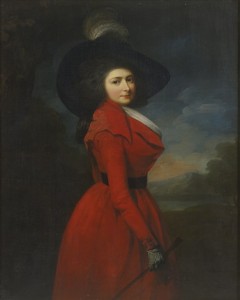 Curiously, the ‘January calamity’ had already struck the woman that Frere would eventually marry – Elizabeth Jemima Blake. A portrait painted by Sir Martin Shee shows her as a very beautiful girl with large dark eyes and masses of dark hair. In January 1790, she married George, sixteenth Earl of Erroll, who committed suicide in June 1798 after he confided an official secret to a friend who then published the communication and its author.
Curiously, the ‘January calamity’ had already struck the woman that Frere would eventually marry – Elizabeth Jemima Blake. A portrait painted by Sir Martin Shee shows her as a very beautiful girl with large dark eyes and masses of dark hair. In January 1790, she married George, sixteenth Earl of Erroll, who committed suicide in June 1798 after he confided an official secret to a friend who then published the communication and its author.The childless and beautiful widow met Frere in the year 1800 when she was recommended to stay in Lisbon to alleviate her mourning sorrows. At the time, Lisbon was a favourite health resort and Frere, who had just been appointed Envoy to the Court of Lisbon, was requested by a common friend to take care of her. Soon, the two became very good friends and along the years, they kept in contact through letters. Eventually, they got married on the 12th September 1816.
Lady Erroll never regained her health completely and this was a constant source of anxiety to her husband. A severe cold which she got while visiting the new rooms that were built at the British Museum for the Elgin marbles, wrought permanent damage to her constitution. A serious illness in 1820 obliged Frere to take her abroad and although she recovered some strength while travelling in the Mediterranean, it was clear that she would not survive the cold English climate.
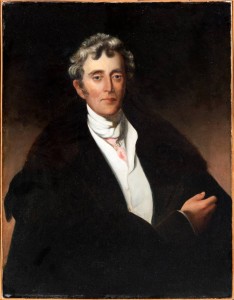 Since Frere preferred to live among English subjects, he chose to move to Malta. His sister Susanna, who had never married and who offered to help him to take care of his wife, joined them too. Initially, they resided in Casa Correa, a palatial building in Old Bakery Street, Valletta. Later on, they moved to Pietá, where they acquired two adjoined buildings, so that Susanna could live close by. This house on the waterfront helped Elizabeth to recover to better health and Frere began to show interest in the Maltese Islands which were so rich in history.
Since Frere preferred to live among English subjects, he chose to move to Malta. His sister Susanna, who had never married and who offered to help him to take care of his wife, joined them too. Initially, they resided in Casa Correa, a palatial building in Old Bakery Street, Valletta. Later on, they moved to Pietá, where they acquired two adjoined buildings, so that Susanna could live close by. This house on the waterfront helped Elizabeth to recover to better health and Frere began to show interest in the Maltese Islands which were so rich in history.Frere was very proficient in languages, namely Greek, Latin, Italian, French and Spanish. In Malta, he extended his knowledge in the Maltese and Hebraic languages. His ample library filled with prestigious and rare books became renowned with scholars, some of whom came to visit from abroad. At this time, he met Mikiel Anton Vassalli, a Maltese writer, linguist and philosopher.
Vassalli was expelled from Malta a number of times due to his political beliefs. His troubled life led to much difficulties and Frere helped to alleviate some of his problems. He financed the education of his three sons, supported him to publish his books and helped him to start teaching at the University of Malta as the first Professor of Maltese language. Frere’s remarkable kindness persisted even after Vassalli’s death, on 12th January 1829, when he took the responsibility of his burial in the then Protestant cemetery of the Msida Bastion, after the Catholic Church refused to do so due to his alliance with the Protestants.
Almost two years later, Frere had to return to these burial grounds again, this time to bury his wife when she passed away on 17th January 1831. His wife’s loss overwhelmed him with grief but he refused to return to England even though his relatives and friends advised him to do so. Eventually, he decided to acquire the steep hill behind his house in Pietá, turning the landscape into a set of lovely fertile terraces that were embellished with refined temples. From these peaceful gardens, he could look out at the cemetery where his beloved was resting.
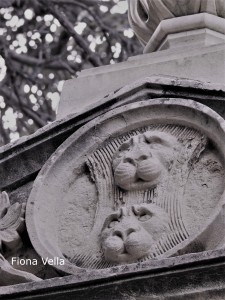 Yet the ominous month was set to claim another victim, this time his sister Susanna who died on the 18th January 1839, eight years and a day following the demise of his wife.
Yet the ominous month was set to claim another victim, this time his sister Susanna who died on the 18th January 1839, eight years and a day following the demise of his wife.In some letters which Frere wrote to his relatives and friends, he expressed his regret that the penalty of a long life was to see all those whom he had loved wither away and die. While his earlier years had been dedicated to political writing and literary satires, he passed the last years of his life composing epitaphs.
Instead of bringing an elation of joy at the beginning of a new year, January became acutely associated with death and Frere simply hated it. Who could have told him that this month would ultimately also claim his life – on 7th January 1846.
Currently, Heritage Malta holds the title for the iconic gardens of Villa Frere in Pietá. In February 2019, Heritage Malta and the NGO Friends of Villa Frere, signed a partnership and management agreement for the promotion, public availability, and the running and operation of the historical site.
The gardens of Villa Frere are opened for the public once a month or by appointment for groups. For further information, contact the NGO Friends of Villa Frere on Facebook or by email on villafrere@gmail.com
(This feature was published in the SENIOR TIMES – JANUARY issued with the Times of Malta dated 24 January 2020)
-
Reliving the history of Buggerru (Sardinia)
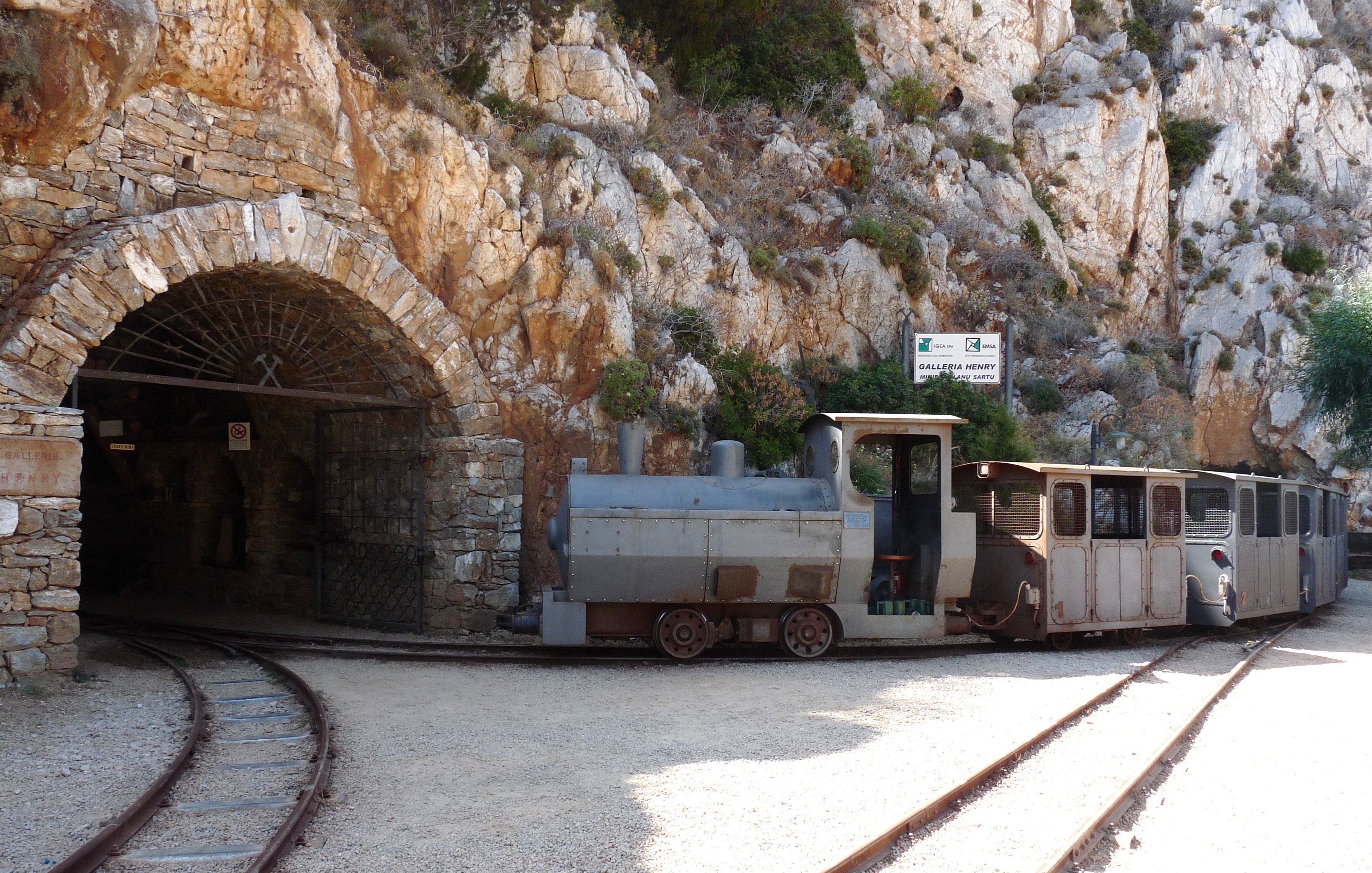
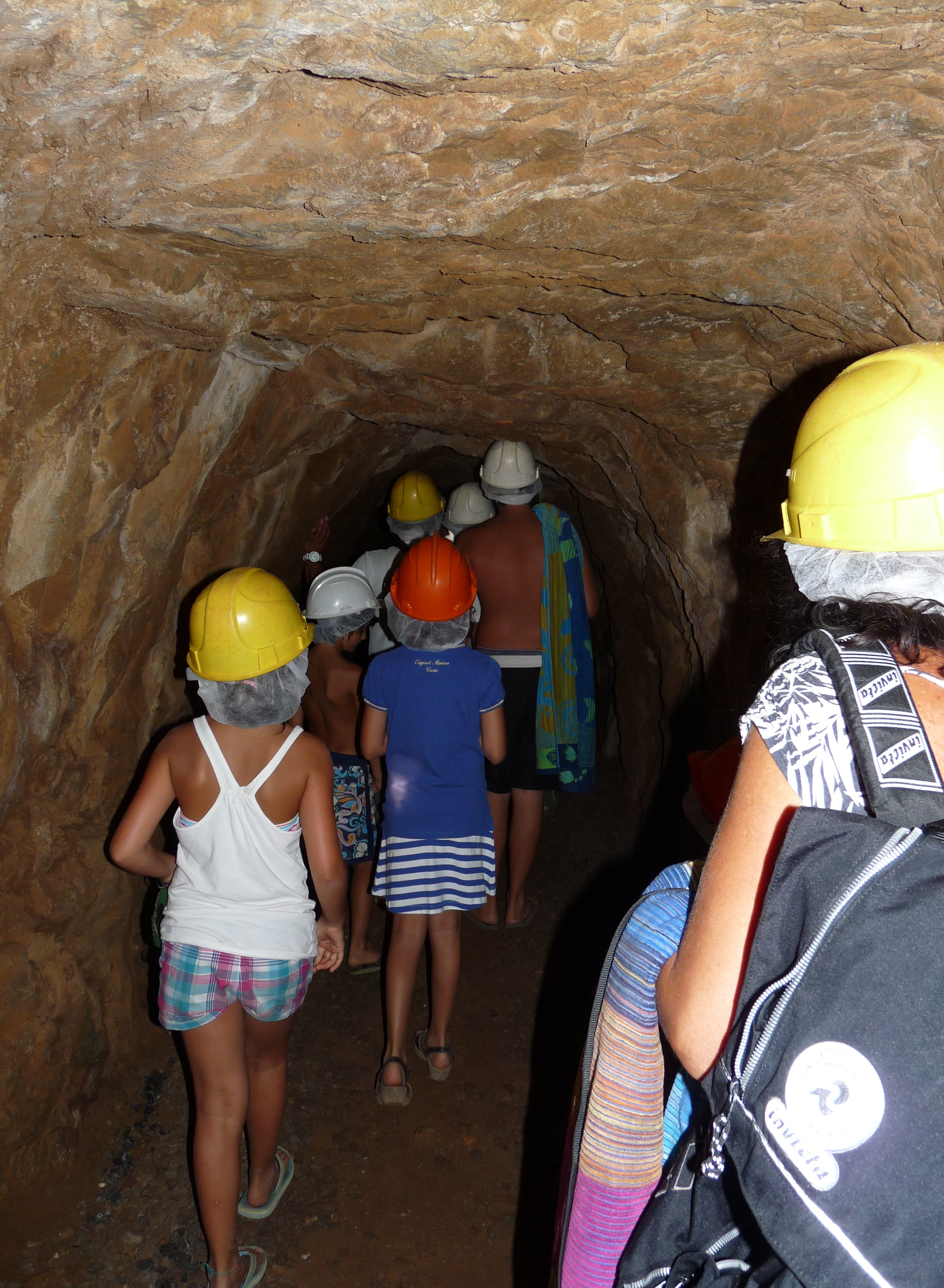
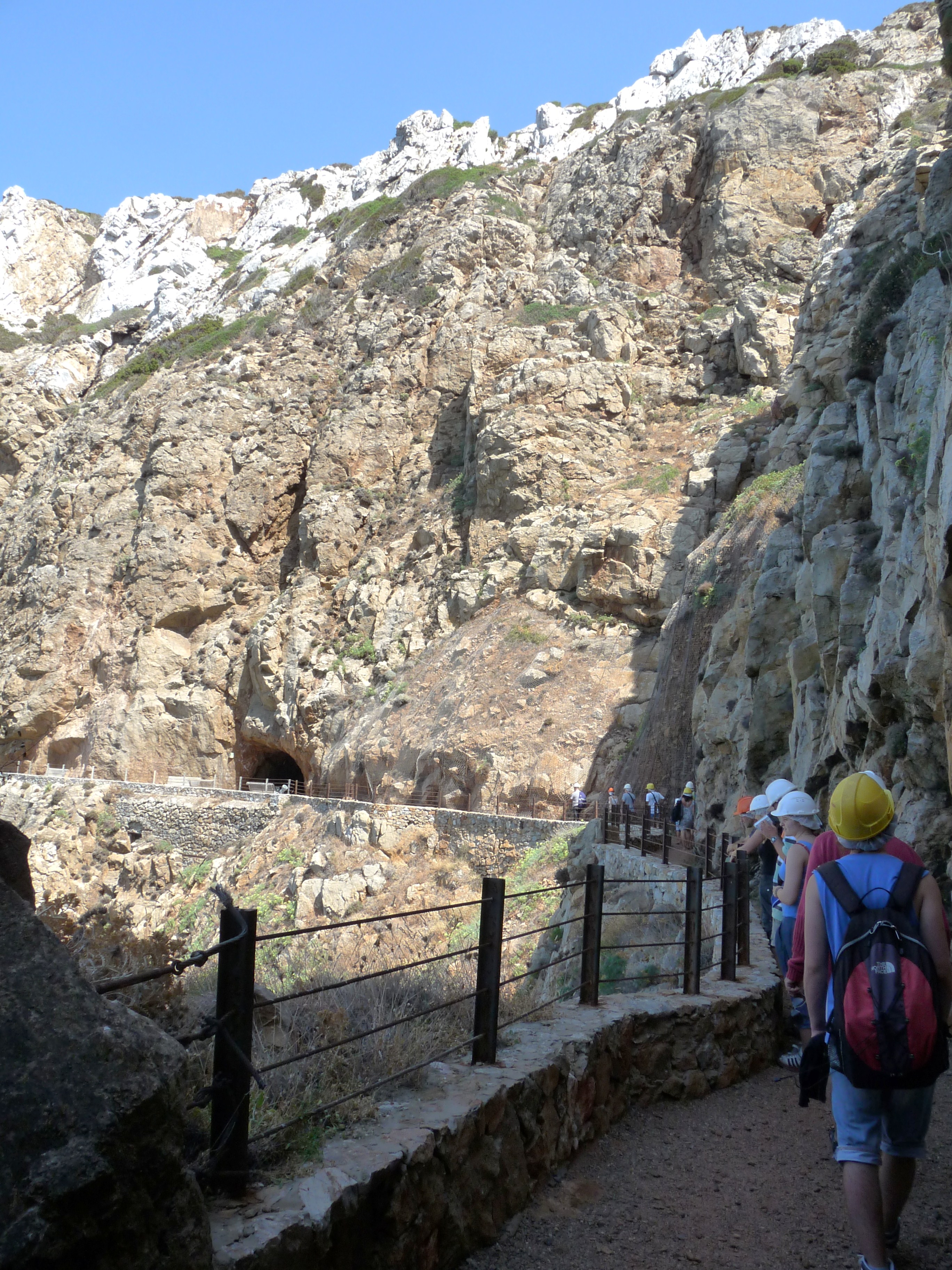
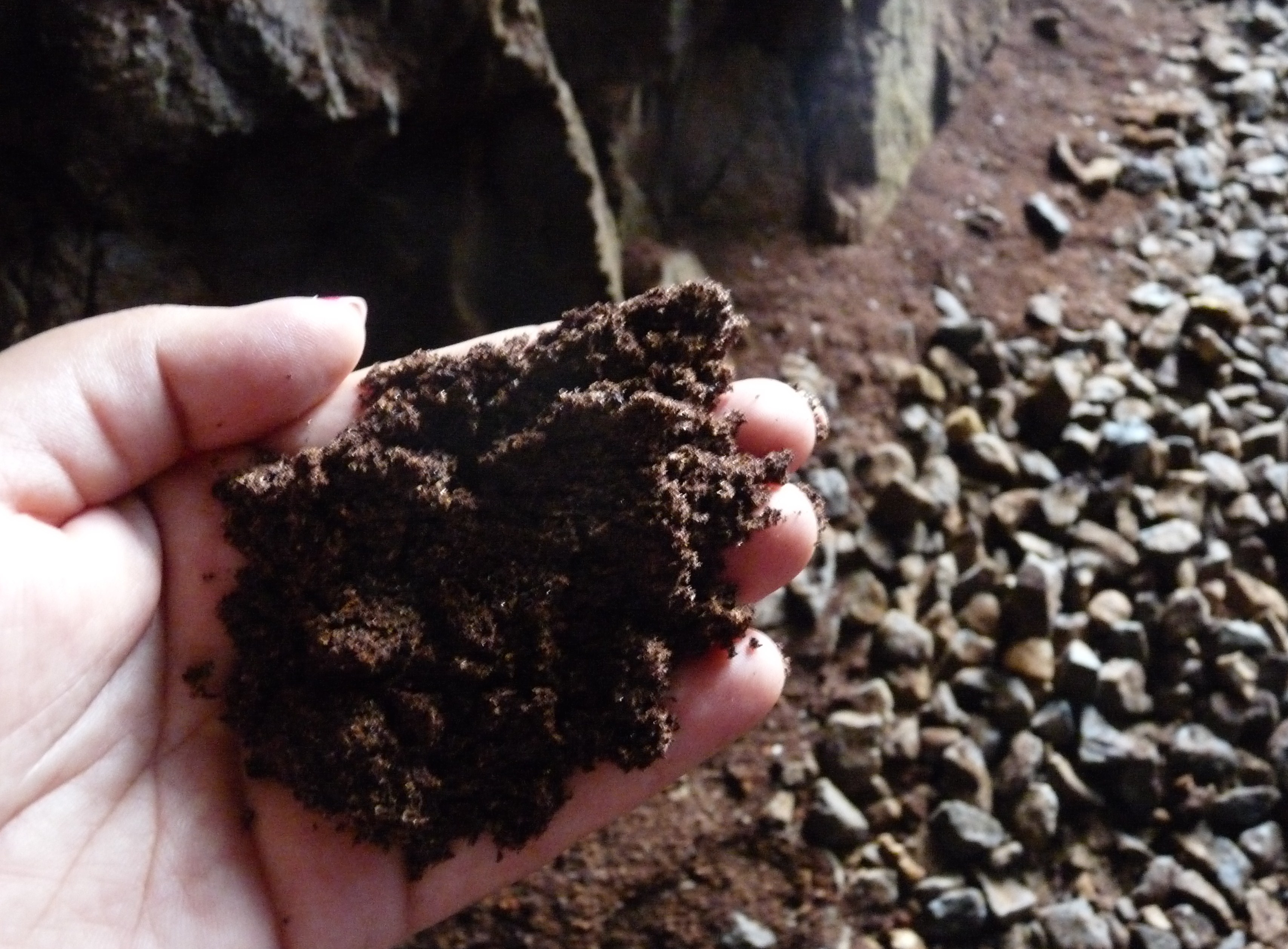
The name itself, Buggerru, sounds unusual, and so is the location of this Sardinian coastal village which lies hidden deep behind the mountainous areas of the province of Carbonia-Iglesias, about 70 km northwest of Cagliari. One would think that such a place might have been quite isolated in the past but this was not the case since the rocks of this territory were highly rich in minerals. In fact in the 19th century, the heart of Buggerru’s cliffs was turned into a labyrinth of tunnels in the obsessive search to force out any precious materials that were available within the landscape. At first, both the locals and other Sardinians of the nearby villages thought that these mines were a godsend which would improve their standard of living. Indeed, their lives did change but for the worst, as life in Buggerru turned into an abusive and oppressive hell for many of the individuals working in this industry, even for women and children. Interestingly, Buggerru’s last mines closed down in 1980 and yet the locals have succeeded to sustain the mines’ economic potential by transforming some of them into tourist attractions, with the surviving miners acting as tourist guides of the site.
A descending winding road surrounded by breathtaking mountainous scenery will lead you into the centre of Buggerru which in the last years has been flourishing as a significant port. The place is pretty small and at first hand it gives the impression of being mundane. However, once one reaches its mines and looks out at Buggerru’s huge cliffs which are splendidly surrounded with a bright azure sea, it will be immediately clear why this area has lately been used for a number of popular tv commercials. Surely, the present environment at Buggerru offers a remarkable spectacle to its visitors and this makes it difficult to realize that in the past, so many lives were shattered in this area.
One of the most visited mines in this area is Galleria Henry. This tunnel is about one kilometre long and it was dug into the cliffs at fifty metres above sea-level. Galleria Henry was dug out in 1865 and it is particularly significant because it was created specifically in order to allow the introduction of a small train which could carry the excavated heavy minerals more efficiently. Prior to this mechanical invention, the transportation of this material was done by means of carriages which workers pushed along the way, either manually or with the help of mules.
Tourists visiting this tunnel are led into its entrance wherein two ex-miners introduce them to the history of this place. With the aid of some old large photos which hang on the tunnel’s walls, the guides narrate quite vividly how life was in Buggerru, beginning from the day that this industry was created and ending right up to the period when these mines were closed down. In the 19th century, work conditions in these mines were miserable and contrary to other foreign workers who were assigned there, the Sardinian workers were shamefully underpaid and very ill-treated by the foreign owners of this business. In the process, even Buggerru’s landscape suffered from this cruel and selfish attitude as its forests were cut down in order to obtain wood to reinforce the tunnels’ walls, and later on to provide fuel for the train.
September 1904 is a strong symbolic milestone in the location of Buggerru since during this period, a terrible incident took place in these mines and this resulted in significant and compelling changes that reverberated throughout the whole of Italy. It all happenned when the already austere regulations that were imposed on the workers were worsened even more as the mines’ directors ordered a further decrease in the workers’ interval of rest allowed during working hours. This was the last straw which the workers could tolerate and for the first time, they decided to join forces and to refuse to adhere to this new rule. In response, the directors requested the support of military soldiers and at one point, these fired at the protesting workers, killing three of them. As this horrifying news spread from village to village across Sardinia, the people retorted by uniting together in the first workers’ national strike which eventually led to the creation of the Italian tradeunionism.
At the end of this staggering introduction, the visitors are invited to ride an old train that was used in these mines during the years when they were still operative. Even in summer, the tunnel is quite cold and ideally one should wear a jacket. The short trip along the dark tunnel is enjoyably unique as one can indulge in the opportunity to relive history for a brief moment. Children will surely find the train trip exciting as visitors are equipped with safety helmets and huge torches. The train stops in an open area where visitors can enjoy the magnificent views of Buggerru’s coastline and take some excellent photos. Then, the guides will lead the visitors back to the exit, though this time by walking through different tunnels which run impressively along the cliffs’ edges. Interestingly, it was this very landscape which terminated Buggerru’s mining industry, as the cliffs edges determined the limit of how much the mines could actually grow. Traces of copper lying on the walls and on the floors of these tunnels are still clearly evident and notwithstanding the beauty of the area, one can’t help remembering that these huge rocks that were dug out with great difficulty by the male workers, were then passed on to women, some of whom were even pregnant, in order to break them into smaller pieces, so that children could carry them in bags. Undoubtedly, very few visitors will remain untouched after getting to know about the history of this site and literally walking through it.
Certainly Buggerru is the place for visitors who would like to explore a distinguished territory, coloured with adventure and enriched with the exclusive possibility of cherishing the locals’ historical collective memory right from its primary sources.
(This article was published in the Travel Section of The Sunday Times of Malta dated 8th December 2013)
Travelogue
Archives
| M | T | W | T | F | S | S |
|---|---|---|---|---|---|---|
| « Jan | ||||||
| 1 | 2 | 3 | 4 | 5 | 6 | 7 |
| 8 | 9 | 10 | 11 | 12 | 13 | 14 |
| 15 | 16 | 17 | 18 | 19 | 20 | 21 |
| 22 | 23 | 24 | 25 | 26 | 27 | 28 |
| 29 | 30 | |||||
Recent Posts
- A MATTER OF FATE
- MALTA’S PREHISTORIC TREASURES
- THE MAGIC IS IN THE DETAIL
- THE SELLING GAME
- NEVER FORGOTTEN
- Ġrajjiet mhux mitmuma – 35 sena mit-Traġedja tal-Patrol Boat C23
- AN UNEXPECTED VISIT
- THE SISTERS OF THE CRIB
Comments
- Pauline Harkins on Novella – Li kieku stajt!
- admin on IL-KARNIVAL TRAĠIKU TAL-1823
- Albert on IL-KARNIVAL TRAĠIKU TAL-1823
- Martin Ratcliffe on Love in the time of war
- admin on 24 SENA ILU: IT-TRAĠEDJA TAL-PATROL BOAT C23